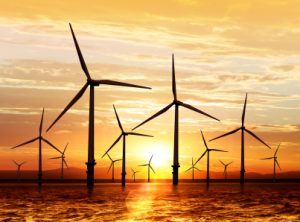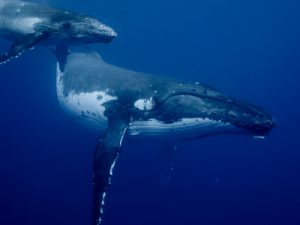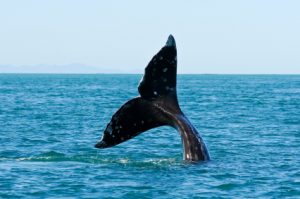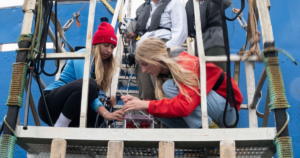Imagine, it is a lovely spring morning, you wake up to the sound of birds chirping and the smell of coffee brewing. You open your window to let in some sunshine, take a deep breath of fresh air, and then quickly cover your ears because your tone deaf, rhythmically challenged neighbour has discovered a passion for percussion. This neighbour practices at all hours of the day beating the drums, crashing the cymbals, and seemingly has no idea that this constant intrusion is making completing even the most basic tasks difficult or impossible. We would consider that noise pollution. Now, instead of a once peaceful neighbourhood, think of the ocean and, instead of a loud neighbour with a drum kit, think of cargo ships, air guns, dredging vessels and cruise ships. When it comes to our oceans, we are the bad neighbours.
Noise Pollution
In 2020, pollution is a hot topic. We tend to focus on the pollution we can see and feel such as litter and plastic piling up in landfills or poor air quality and smog in our cities. Often, ocean noise pollution is forgotten in these discussions. Perhaps we forget about ocean noise pollution because it is an environmental stress that, even though we create it, we don’t feel the direct pain.
Humans have always been connected to the ocean, through fishing, exploration and migration and trade. In the last hundred or so years, our ocean activity has grown exponentially. Everyday, goods and people move around the world via ships, vessels dredge the bottoms of harbours and waterways to make ports more accessible, surveying ships blast loud noises or use air guns to determine what lies beneath the surface. All of these activities have one thing in common, they are incredibly noisy and very disruptive for the species that call the ocean home.
Effects of Noise on Marine Species
Marine species have spent tens of thousands of years adapting to the underwater environment. They have learned to use sound for nearly every aspect of their lives, from feeding and mating, to avoiding danger, even the most basic functions such as maintaining social contact with their family. Many marine species, such as cetaceans and pinnipeds, are sophisticated users of underwater acoustics, however they haven’t had time to adjust to the influx of human generated noise in their environments. This is assumed to be a contributing factor in some populations failure to thrive, difficulty finding mates or even decreased ability to find food. Think of that loud neighbour beating the drums. That would make it difficult to fall asleep, enjoy a meal or have a conversation.
What do we do?
We are beginning to understand that we may not have been the best neighbours when it comes to our ocean pals, but we are working on doing better. By using tools like hydrophones, we can monitor environments in a non-invasive way. Marine species rely heavily on sound, so using hydrophones for passive acoustic monitoring, or PAM, is among the most effective ways to understand an underwater environment. The more we know about an area, the better we can understand our impact and how we can mitigate and manage negative outcomes. Marine industries are essential activities, we can do our part by learning, changing behaviour, and becoming better neighbours.
Additional Reading:
Ocean uproar: saving marine life from a barrage of noise -Nature.com
Understanding Anthropogenic Underwater Noise– Government of Canada
What are the potential effects of anthropogenic sound sources on marine animals?- Discovery of Sound in the Sea





